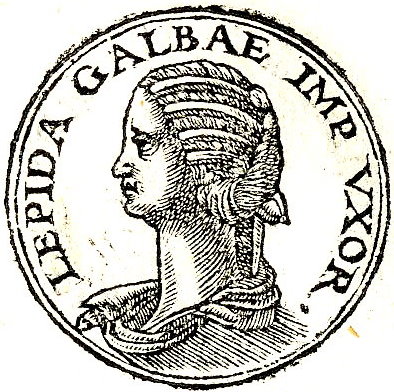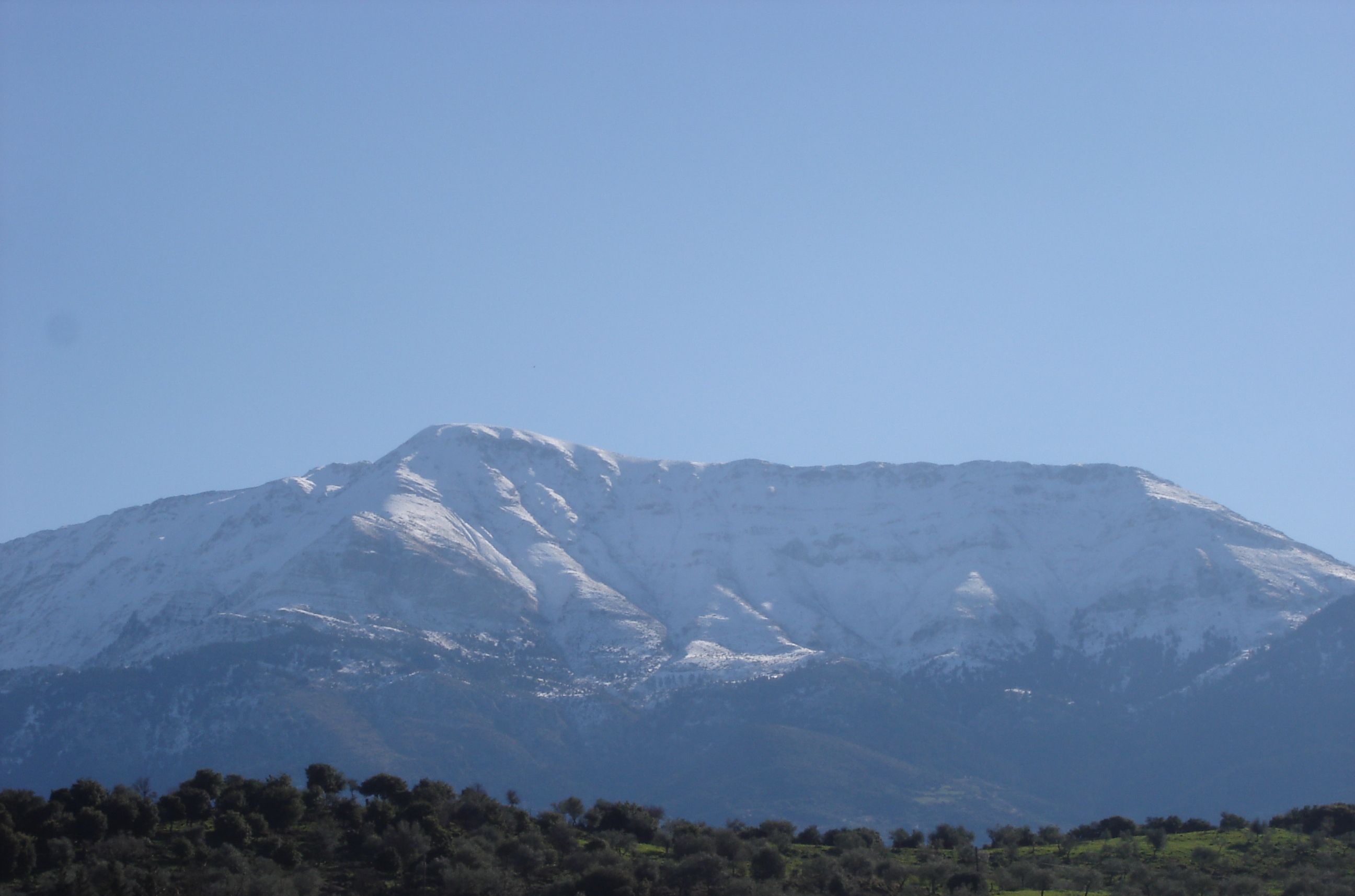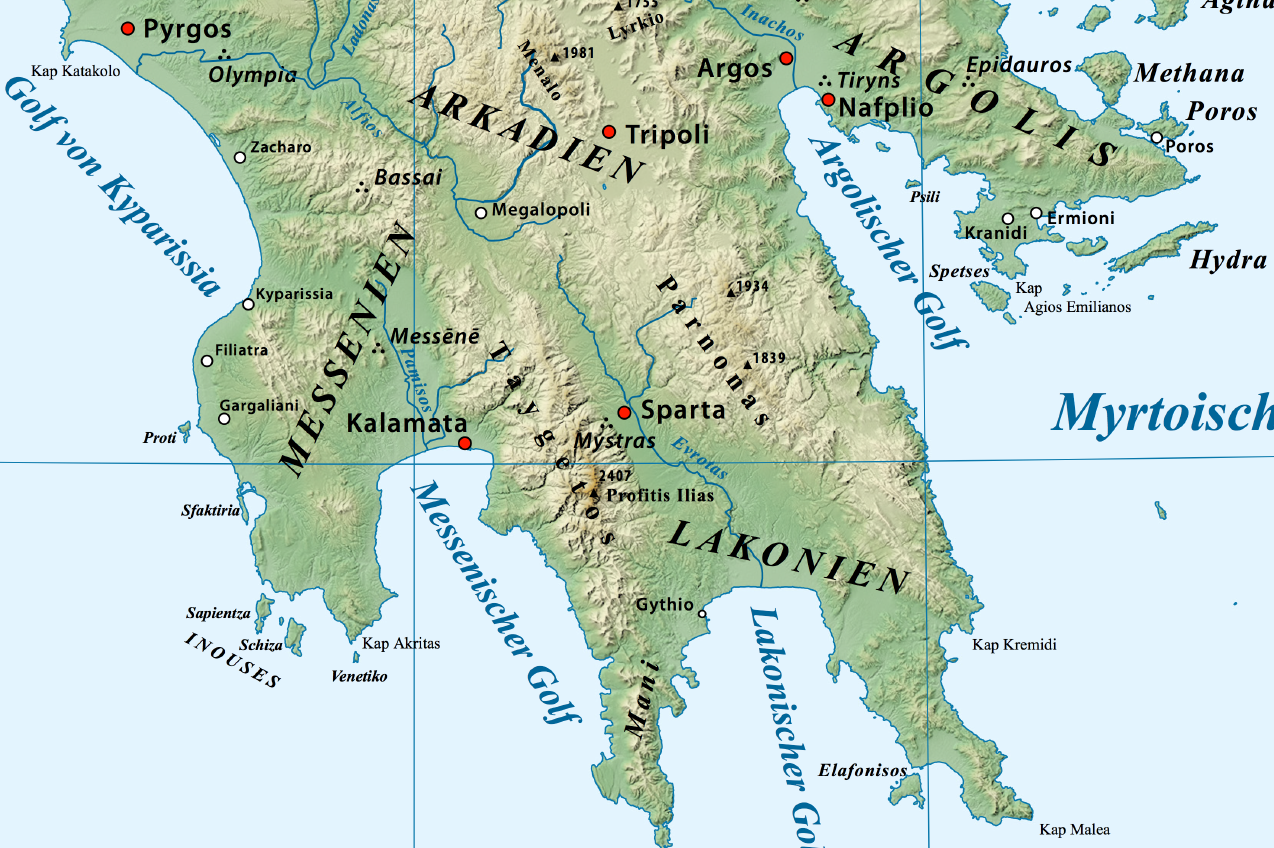|
Lepida (mountain)
Lepida, witty in Latin, may refer to: * Aemilia Lepida, a Roman woman * Aemilia Lepida (fiancee of Claudius) (5 BC-?), a noble Roman woman and matron * Domitia Lepida the Elder (c. 19 BC-59), the oldest child of Lucius Domitius Ahenobarbus and Antonia Major * Domitia Lepida the Younger (c. 10 BC-54), the younger daughter of Lucius Domitius Ahenobarbus and Antonia Major * Junia Lepida (c. 18-65), a Roman noble woman * a mountaintop of Mount Erymanthos in Greece * Lepida Gorge of Parnon in Arcadia Arcadia may refer to: Places Australia * Arcadia, New South Wales, a suburb of Sydney * Arcadia, Queensland * Arcadia, Victoria Greece * Arcadia (region), a region in the central Peloponnese * Arcadia (regional unit), a modern administrative un ..., Greece See also * Lepidus (other) {{disambiguation ... [...More Info...] [...Related Items...] OR: [Wikipedia] [Google] [Baidu] |
Aemilia Lepida
Aemilia Lepida is the name of several ancient Roman women belonging to the ''gens Aemilia''. The name was given to daughters of men belonging to the Lepidus branch of the Aemilius family. The first Aemilia Lepida to be mentioned by Roman historians was the former fiancée of the younger Cato. Subsequent Aemiliae are known because of their marriages. Aemilia Lepida (1st century BC), wife of Metellus Scipio This Aemilia was daughter of Mamercus Aemilius Lepidus Livianus, wife of Metellus Scipio and former fiancée of Cato. Her daughter was Cornelia Metella, last wife and widow of Pompey the Great. Although Aemilia Lepida was engaged to be married to Cato the Younger, she in fact married someone else, leaving Cato to marry Atilia. In the words of Plutarch: When atothought that he was old enough to marry — and up to that time he had consorted with no woman — he engaged himself to Lepida, who had formerly been betrothed to Metellus Scipio, but was now free, since Scipio had re ... [...More Info...] [...Related Items...] OR: [Wikipedia] [Google] [Baidu] |
Aemilia Lepida (fiancee Of Claudius)
Aemilia Lepida (5 BC – c. 43 AD) was a noble Roman woman and matron. She was the first great-grandchild of the Emperor Augustus. Biography Early life She was the first great-grandchild of Emperor Augustus and the noblewoman Scribonia, being the firstborn child of Julia the Younger, who was their only daughter Julia the Elder's first daughter. Her father was Lucius Aemilius Paullus, who was the son of Paullus Aemilius Lepidus, and grandson of Lucius Aemilius Lepidus Paullus, and therefore a great-nephew of the triumvir Lepidus, and of a distinguished and ancient patrician family, the Aemilii Lepidi. She may possibly have a brother named Marcus Aemilius Lepidus (6-39) who was married to Caligula's favorite sister Julia Drusilla. Marriage In her younger years, Lepida was betrothed to Claudius, but her parents fell out of favour with Augustus so the emperor broke off the engagement. In AD 8, her mother Julia the Younger (otherwise called Vipsania Julia) was exiled for ad ... [...More Info...] [...Related Items...] OR: [Wikipedia] [Google] [Baidu] |
Domitia Lepida The Elder
Domitia (ca. 8 BC-June 59) was the oldest child of Antonia Major and Lucius Domitius Ahenobarbus, and the oldest granddaughter to triumvir Mark Antony by Octavia Minor, a great-niece of the Roman Emperor Augustus, second cousin and sister-in-law to the Emperor Caligula, first cousin to the Emperor Claudius, maternal aunt to the Empress Valeria Messalina, and paternal aunt to Emperor Nero. History Early life She had two younger siblings: Domitia Lepida and Gnaeus Domitius Ahenobarbus (cos. AD 32). The date of her birth is not recorded and can be only estimated as no later than 7 BC, but possibly as much as 10 years earlier, if one would allow a long delay between her birth and those of her two siblings. Marriages Domitia was likely married to a cousin of Sejanus named Quintus Junius Blaesus with whom she had a son named Junius Blaesus who served as a governor under emperor Vitellius. She married the consul Decimus Haterius Agrippa, who died in 32 as a victim of Tib ... [...More Info...] [...Related Items...] OR: [Wikipedia] [Google] [Baidu] |
Domitia Lepida The Younger
Domitia Lepida (c. 5 BC – AD 54) was a Roman aristocrat, related to the imperial family. She was mother of Valeria Messalina, wife of the Emperor Claudius. Lepida was a beautiful and influential figure. Like her sister, she was also very wealthy. She had holdings in Calabria and owned the ''praedia Lepidiana''. Biography Lepida was married three times. Her first husband was her cousin, Marcus Valerius Messalla Barbatus. Lepida married Barbatus probably around AD 15, suggesting that she was born in approximately 4 BC. It was standard for princesses in the imperial family to marry before their 18th birthday. They had a daughter, Valeria Messalina (c. AD 17/20-48), who became Empress and third wife to the Emperor Claudius. Barbatus most likely died around AD 20 or 21, shortly after Messalina was born. It is extremely unlikely that Marcus Valerius Messalla Corvinus was their son, since Lepida's son by her second husband reached the consulship earlier than Messalla. Lepida's secon ... [...More Info...] [...Related Items...] OR: [Wikipedia] [Google] [Baidu] |
Junia Lepida
Junia Lepida (c. AD 18 - 65) was a Roman noblewoman who lived in the first century. Life She was the second daughter of Aemilia Lepida and Marcus Junius Silanus Torquatus, one of the Junii Silani. Her maternal grandparents were Julia the Younger, granddaughter of the emperor Augustus, and Lucius Aemilius Paullus, consul in AD 1. Lepida married Gaius Cassius Longinus (c. 13 BC - AD 69), a person with remarkable ancestral wealth. Cassius was praefectus urbi circa AD 27, consul ''suffectus'' in AD 30, proconsul of Asia in 40 or 41, and governor of Syria between about AD 45 and 49. Lepida and Cassius raised Lepida's nephew, Lucius Junius Silanus Torquatus, whose father was murdered by Empress Agrippina the Younger. In AD 66, Lepida's husband and nephew were expelled from Rome by Emperor Nero for being a part in Gaius Calpurnius Piso's conspiracy. Cassius was deported to Sardinia. Lepida was accused by Nero of black magic and incest with her nephew; her subsequent fate is unknow ... [...More Info...] [...Related Items...] OR: [Wikipedia] [Google] [Baidu] |
Mount Erymanthos
Mount Erymanthos ( el, Ερύμανθος, Latin: ''Erymanthus'') overall is an irregular massif of peaks connected by ridges embedded in the mountains located in the north of the Peloponnese, Greece. Erymanthos is on the west side. Its highest peak, Olenos or Olonos (Ωλενός or Ωλονός), Olenos original and preferred, elevation , is often called Mount Erymanthus, and conversely, Mount Olenos can be used for the entire range, although the customary usage is Erymanthos for the range and Olenos for the peak. Olenos is not a single peak. The topography close-up depicts a three-peak complex, three main peaks, of course, as any terrain presents many bumps under various descriptions. The summit is a N-S directed ridge with Olenos on the north, and another peak, Granitis, elevation , lower, on the south. Olenos is at . Granitis is at . The horizontal difference between peaks is . The key colLow point of highest connecting ridge. of Granitis is to the NE. The prominence of ... [...More Info...] [...Related Items...] OR: [Wikipedia] [Google] [Baidu] |
Greece
Greece,, or , romanized: ', officially the Hellenic Republic, is a country in Southeast Europe. It is situated on the southern tip of the Balkans, and is located at the crossroads of Europe, Asia, and Africa. Greece shares land borders with Albania to the northwest, North Macedonia and Bulgaria to the north, and Turkey to the northeast. The Aegean Sea lies to the east of the mainland, the Ionian Sea to the west, and the Sea of Crete and the Mediterranean Sea to the south. Greece has the longest coastline on the Mediterranean Basin, featuring thousands of islands. The country consists of nine traditional geographic regions, and has a population of approximately 10.4 million. Athens is the nation's capital and largest city, followed by Thessaloniki and Patras. Greece is considered the cradle of Western civilization, being the birthplace of democracy, Western philosophy, Western literature, historiography, political science, major scientific and mathematical p ... [...More Info...] [...Related Items...] OR: [Wikipedia] [Google] [Baidu] |
Lepida Gorge
The Lepida Gorge ( el, Φαράγγι Λεπίδας) is a natural formation of Mount Parnon, located in the region of Arcadia, Peloponnese. Despite having a length of only 500 metres, a relatively big waterfall of 70 meters height and a smaller one of 45 meters run through its course. The waterfalls' springs start from the ''Xirokabi'' plateau, located between the village of Agios Ioannis and Malevi monastery. As the river flows down from the plateau to the gorge, it forms little lakes throughout its course. The first waterfall is located at a distance of 3 kilometers from the village of Agios Ioannis. Access to its base is via a dirt road and after a short hike on a path of about 200 meters. The second waterfall (called "Melissi") is located at a distance of 1.5 km from the village of Platanos, on the road to Astros and at a distance of 19 km from the latter. It can be reached after 800 meters of walking along the river bed from the nearest highway, going against the flow of ... [...More Info...] [...Related Items...] OR: [Wikipedia] [Google] [Baidu] |
Mount Parnon
Parnon or Parnonas ( el, Πάρνων/Πάρνωνας) or Malevos (Μαλεβός) is a mountain range, or massif, on the east of the Laconian plain and the Evrotas valley. It is visible from Athens above the top of the Argive mountains. The western part is in the Laconia prefecture and the northeastern part is in the Arcadia prefecture. The Parnon range separates Laconia from Arcadia. Its summit offers panoramic views of southeastern Arcadia and South Kynouria and much of Laconia that includes the northern and the central portions and reaches as far as the Taygetos mountains. It also views a part of the central Arcadia and the southern Argolis prefectures. It views the Myrtoan and the Laconian Gulfs. Geography Physical The Parnon Massif is divided into three parts.Unless otherwise cited this section relies heavily on The northernmost, which is the highest, runs from just north of Ano Doliana in North Kynouria, eastern Arcadia, southeast to Platanaki Pass. Platan ... [...More Info...] [...Related Items...] OR: [Wikipedia] [Google] [Baidu] |
Arcadia (regional Unit)
Arcadia ( el, Αρκαδία, ''Arkadía'' ) is one of the regional units of Greece. It is part of the administrative region of Peloponnese. It is in the central and eastern part of the Peloponnese peninsula. It takes its name from the mythological figure Arcas. In Greek mythology, it was the home of the god Pan. In European Renaissance arts, Arcadia was celebrated as an unspoiled, harmonious wilderness. Geography Arcadia is a rural, mountainous regional unit comprising about 18% of the land area of the Peloponnese peninsula. It is the peninsula's largest regional unit. According to the 2011 census, it has about 86,000 inhabitants; its capital, Tripoli, has about 30,000 residents in the city proper, and about 47,500 total in the greater metropolitan area. Arcadia consists partly of farmland, and to a larger extent grassland and degenerated shrubland. It also has three mountain ranges, with forestation mainly at altitudes above 1000 meters: Mainalo, a winter ski resort, situa ... [...More Info...] [...Related Items...] OR: [Wikipedia] [Google] [Baidu] |




